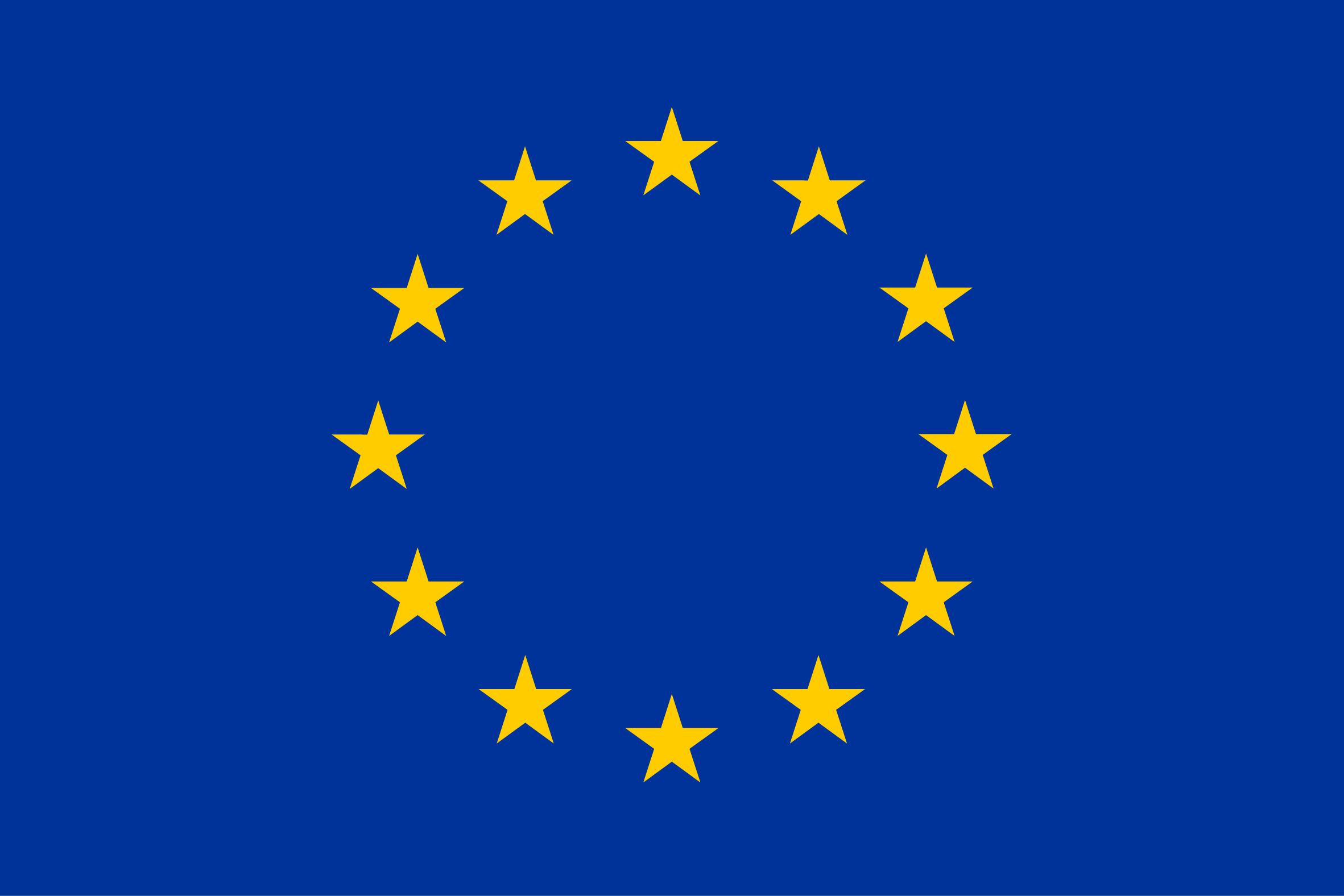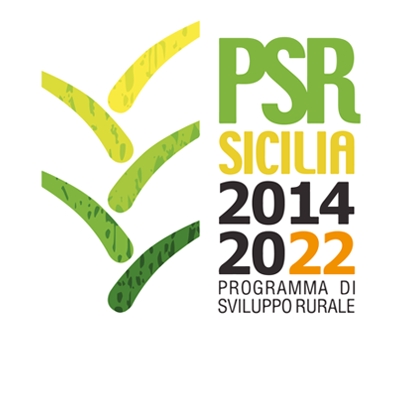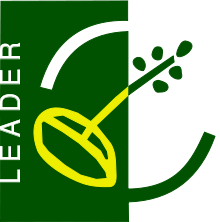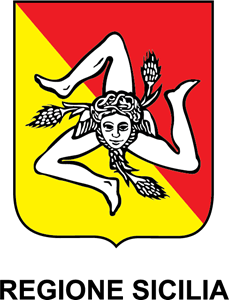Florida
Country
Specie
ISO3
ESP
Language
sp.
Other name
Florida Sevillana, Florida
Breed classification (adaptedness)
Native
Breed classification (geographic)
Local
Number of horns males
2
Number of horns females
2
Wither height males
85
Wither height females
70
Weight males
100.00
Weight females
65.00
Herdbook
y
Herdbook established
2003
Domestication status
domestic
Taxonomic classification
Breed
Year of origin
1920
Local cryo conservation status
Sufficient
Local Risk
Not at Risk
Detailed local risk status
Not at Risk
Eivissenca
Country
Specie
ISO3
ESP
Language
sp.
Other name
Pitiusa, Eivissenca, Ibicenca
Breed classification (adaptedness)
Native
Breed classification (geographic)
Local
Number of horns males
2
Number of horns females
2
Wither height males
72.5
Wither height females
62.5
Weight males
67.50
Weight females
55.00
Herdbook
y
Herdbook established
2008
Domestication status
domestic
Taxonomic classification
Breed
Description of origin
indigenous breed related to goat populations on the western islands of the Mediterranean
Location within country
Islands of Ibiza and Formentera as zones of origin. The island of Mallorca as expansion zone.
Local cryo conservation status
Not Sufficient
Local Risk
At Risk
Detailed local risk status
Critical
Del Guadarrama
Country
Specie
ISO3
ESP
Language
sp.
Other name
Cabra de Guadarrama
Breed classification (adaptedness)
Native
Breed classification (geographic)
Local
Adaptability to specific environment
The breed is well adapted to environments which are not suitable for many other breeds.
Specific resistance or tolerance
Very healthy animals.
Specific reproductive characteristic
high index of prolificity: 1.67%
Special characteristic of product
The milk of this breed is also used to produce cheese with a great and long lasting taste.
Number of horns males
2
Number of horns females
2
Horn shape size and comments
In arch with tendency to open
Wither height males
81
Wither height females
72
Weight males
75.00
Weight females
56.00
Other specific visible traits
thin hair, long ears with a horizontal to pendulate tendency, black udder with all pigmented black skin
Herdbook
y
Herdbook established
1997
Domestication status
domestic
Taxonomic classification
Breed
Description of origin
indigenous breed Pyrenaic Branch
Location within country
Madrid and Avila
Local cryo conservation status
Not Sufficient
Local Risk
Not at Risk
Detailed local risk status
Not at Risk
Cabra de las Mesetas
Country
Specie
ISO3
ESP
Language
sp.
Breed classification (adaptedness)
Native
Breed classification (geographic)
Local
Number of horns males
0
Number of horns females
0
Domestication status
domestic
Taxonomic classification
Breed
Description of origin
indigenous breed
Location within country
country-wide
Local cryo conservation status
No Material
Local Risk
At Risk
Detailed local risk status
Endangered
Cabra Galega
Country
Specie
ISO3
ESP
Language
sp
Other name
Gallega
Breed classification (adaptedness)
Native
Breed classification (geographic)
Local
Number of horns males
0
Number of horns females
0
Domestication status
domestic
Taxonomic classification
Breed
Local cryo conservation status
Not Sufficient
Local Risk
At Risk
Detailed local risk status
Endangered
Blanca de Rasquera
Country
Specie
ISO3
ESP
Language
spanish-sp.
Breed classification (geographic)
Local
Number of horns males
2
Number of horns females
2
Wither height males
77
Wither height females
72
Weight males
67.50
Weight females
57.50
Local cryo conservation status
No Material
Local Risk
At Risk
Detailed local risk status
Vulnerable
Blanca Andaluza o Serrana
Country
Specie
ISO3
ESP
Language
sp.
Other name
Basta, Andalusian White, Blanca Serrana Andaluza, Andalusian White
Breed classification (adaptedness)
Native
Breed classification (geographic)
Local
Adaptability to specific environment
These animals are well adapted to their local environment (marginal conditions and continental climate).
Color comments
uni coloured: white
Number of horns males
2
Number of horns females
2
Horn shape size and comments
lyre-shaped, long open horns with triangular section
Wither height males
82
Wither height females
74
Weight males
93.00
Weight females
63.00
Herdbook
y
Herdbook established
2004
Domestication status
domestic
Taxonomic classification
Breed
Description of origin
composite of primitive Prisca and Nubian Goats
Import
since 1960 from Blanca Cectiberica (Spain)
Location within country
northern Andalusia
Local cryo conservation status
Not Sufficient
Local Risk
Not at Risk
Detailed local risk status
Not at Risk
Bermeya
Country
Specie
ISO3
ESP
Language
sp.
Other name
Bepica, Cabra de Falda, Rubia ó Casina, Roxa
Breed classification (adaptedness)
Native
Breed classification (geographic)
Local
Number of horns males
2
Number of horns females
2
Wither height males
80
Wither height females
74
Weight males
78.00
Weight females
54.00
Herdbook
y
Herdbook established
1999
Domestication status
domestic
Taxonomic classification
Breed
Local cryo conservation status
Sufficient
Local Risk
At Risk
Detailed local risk status
Endangered maintained
Azpi Gorri
Country
Specie
ISO3
ESP
Language
sp.
Breed classification (adaptedness)
Native
Breed classification (geographic)
Local
Adaptability to specific environment
This breed is well adapted to extreme environmental conditions.
Color comments
uni coloured: black with lighter shades in abdominal region, extremities and areas of the face
Number of horns males
0
Number of horns females
2
Herdbook
n
Domestication status
domestic
Taxonomic classification
Breed
Description of origin
indigenous breed
Location within country
Bizkaia in Euskadi
Local cryo conservation status
No Material
Local Risk
At Risk
Detailed local risk status
Endangered




